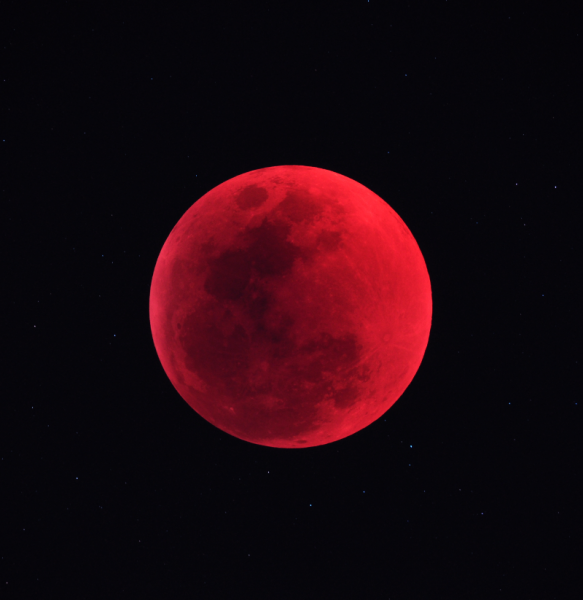2015 September 9
Total Eclipse of the Moon, 2015 September 28

A total lunar eclipse is quite a relaxed affair compared with the solar equivalent, which is over in just a few minutes. The penumbral phase of the eclipse begins at 00h 11m UT [01:11 BST], and the Moon enters the darker umbral shadow at 01h 07m UT. The umbral phase ends at 04h 27m UT, and the Moon finally slips out of the penumbral shadow at 05h 22m UT. The observer will thus have plenty of time to take images or make drawings.
The Moon is likely to remain visible throughout, even when it is in the Earth’s umbral shadow, since the Earth’s atmosphere refracts some sunlight on to the eclipsed lunar surface. The eclipsed Moon will probably turn red or brown, although the precise colours observed and the darkness of the eclipse are dependent upon the transparency of the Earth’s atmosphere. Observers should note the colours observed and attempt to time the march of the umbral shadow as it encounters various lunar formations. More experienced observers might care to estimate the relative darkness of the eclipse with reference to the criteria of the five-point Danjon scale (see http://eclipse.gsfc.nasa.gov/OH/Danjon.html).
It is also worth monitoring areas where there have been historical reports of variability (for example, the region around the Aristarchus plateau and the floor of Plato). In particular, please report any differences in appearance as the area is obscured and then re-emerges.
Further details may be found in the BAA Handbook for 2015 (p. 14), and observers are encouraged to submit images and observations to me as soon as possible after the event.
Bill Leatherbarrow
Director, Lunar Section
| The British Astronomical Association supports amateur astronomers around the UK and the rest of the world. Find out more about the BAA or join us. |
